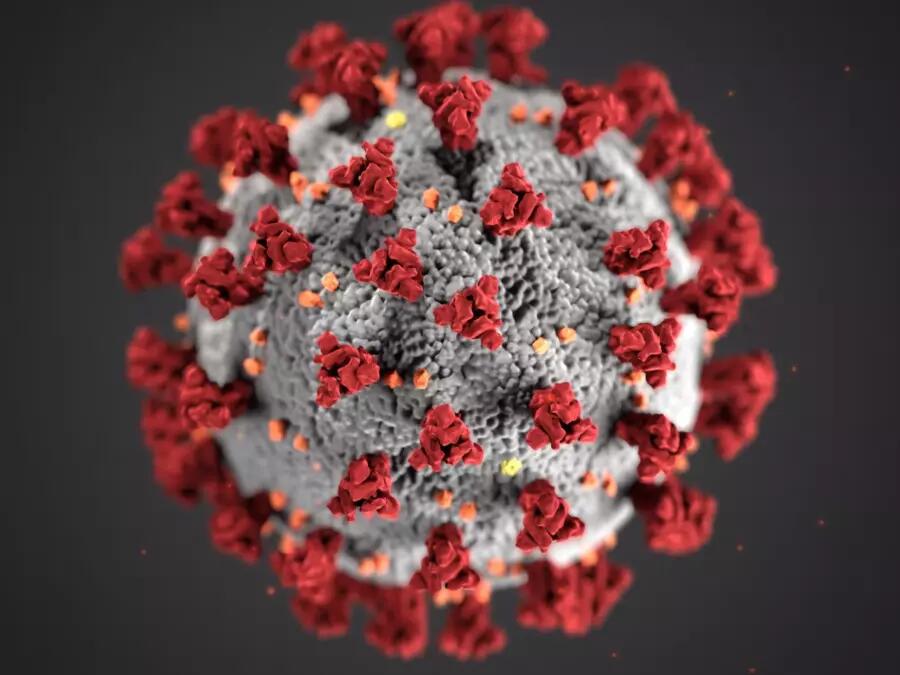
Ghana: Testing Innovations Against Economic Limitations
On 19 April, Ghana became the first African country to lift its coronavirus lockdown, which lasted for twenty-one days in Accra and Kumasi. Since then, the country has recorded thousands of new cases. However, its death rate remains at around 0.6 percent of cases, which is amongst the lowest in not only Africa, but in the world. Despite robust testing and innovations, Ghana’s response to the COVID-19 pandemic has faced significant challenges because of the country’s economic limitations, embodying a conundrum that many developing countries face.
Ghana’s government cited aggressive testing and contact tracing as the key factors that drove its decision to ease the partial lockdown. Testing and tracing began immediately after the country’s first two cases, which were imported from Norway and Turkey, emerged on 12 March. Shortly after, on 21 March, President Akufo-Addo announced the procurement of 50,000 additional test kits in an effort to boost testing. The availability of test kits allowed Ghana to rank fourth in Africa and first in West Africa in tests per million population by mid-May. The majority of the positive cases are mild, as they are in other countries pursuing a mass testing strategy, such as Singapore, which has a fatality rate of 0.06 percent. Similarly, consistent testing and contact tracing may have helped to keep the number of deaths low in Ghana.
Innovative features are developed and employed there to aid with testing and tracing. The government partnered with Zipline to use drones to deliver test samples from more than 1,000 rural health facilities to labs in Accra and Kumasi for analysis. Drones help save critical time for delivering results, cutting it down from days of waiting for truck transport to a mere hour’s flight. Other innovations are currently awaiting approval. For example, scientists at the Kwame Nkrumah University of Science and Technology have partnered with a local tech start-up to develop a rapid diagnostics test kit that would provide results in under twenty minutes. If approved, such a development could render mass testing a closer reality in Ghana. Rapid testing and response was a key lesson that the region learned from the recent Ebola pandemic. Although the country recorded no cases in that pandemic, the UN’s Ebola mission had headquarters in Accra. The experiences of neighbouring countries arguably better prepare the entire region in its fight against the coronavirus.
Despite achieving success on the testing front, Ghana’s policies and initiatives are still informed and limited by structural inequalities. The need for drone testing deliveries, for example, exposes healthcare inequalities. While Ghana has universal health care, a significant urban-rural inequality in healthcare still exists. In the poorer Upper East region, there is only one doctor per 26,000 people, compared to one per 3,000 people in the capital region. Inadequate financial investments in healthcare have led to insufficient health facilities. Only 0.5 billion GHC (approximately 120 million CAD) was originally planned for health expenditures in 2020, representing a mere 0.6 percent of the original 2020 expenditure budget.
Ghana’s fiscal capacities are limited by corruption and heavy debt. Although the country is one of the least corrupt in Africa, Ghana’s current administration has still been embroiled in many controversies, losing as much as USD 3 billion a year to corruption. Ghana is also at high risk of debt distress. Its total external debt approached USD 22 billion by the end of 2017, owed to a combination of private lenders, multilateral organizations, and the Chinese government. As a result, billions of tax revenue dollars are funneled into interest payments every year—26 percent of the original 2020 budget. With revenue lost to corruption and debt, the government is left with little wiggle room during emergencies. Its coronavirus alleviation package, passed by parliament in April, is equal to only 1.4 percent of the original budget. The package’s impacts on people may be quite limited.
Another factor for the government’s fiscal constraints is the existence of a large informal economy. Evidently, the past years of economic growth have not trickled down to many Ghanaians. Around 88 percent of the workforce are employed in the informal economy, which includes half a million urban poor. This demographic generally experiences significant income insecurity and earns low wages—people were already vulnerable to food insecurity prior to the pandemic. Lockdowns prevent these informal workers from earning incomes, which exacerbates food insecurity and puts them and their families at risk of hunger. While the government has provided food aid through its alleviation package, this limited aid is not a long-term solution to prevent a food crisis.
Even President Akufo-Addo has admitted that the lockdown has caused “severe difficulties” for many people. While the official reason cited for lifting the lockdown was enhanced testing and contact tracing, it is evident that the economic toll on the people and the state prevented a full, extended lockdown from being viable. Thus, the nation is again abuzz with economic activity while testing and tracing continue, as the government seeks to limit both economic repercussions and the spread of the virus. It is a difficult balance that Ghana is trying to achieve, as it is for many lower-income countries in their fight against COVID-19.